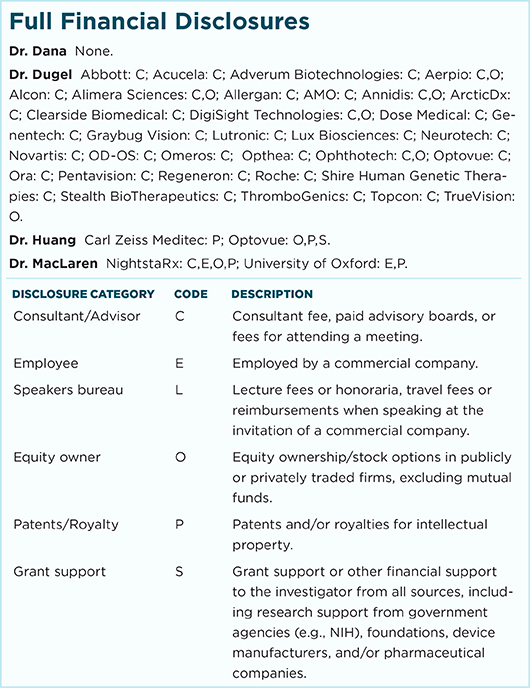Download PDF
Ocular pain is a symptom in patients with dry eye disease (DED). But what factors determine the level of pain? To their surprise, researchers at Massachusetts Eye and Ear in Boston found a relationship between ocular pain severity and the use of antidepressant medications, but not with any clinical signs of DED.1
Pain prevalence. For this study, 84 patients with DED underwent an ocular surface exam and answered an Ocular Surface Disease Index (OSDI) questionnaire. They were also asked to rate their ocular pain severity using a 10-point scale.
A majority (88%) of the patients reported some degree of ocular pain. However, the pain had only a moderate correlation with OSDI scores. In addition, pain severity was significantly associated with the use of antidepressant medications—but not with corneal fluorescein staining or tear break-up time. Moreover, although patients without ocular pain showed a significant correlation between OSDI scores and corneal fluorescein staining, there was no such correlation in patients with pain.
Symptoms versus signs. “It is well known that the symptoms and signs of DED do not have a strong relationship, and our study supports this,” said coauthor Reza Dana, MD, MSc, MPH, at Massachusetts Eye and Ear. “In pain-free patients, there was a significant correlation between symptoms and signs that was otherwise absent in those reporting pain.”
These findings suggest that the discordance between DED signs and symptoms may be due to different degrees of neural involvement. As such, treatment should be tailored accordingly, Dr. Dana said. “In patients without a significant neuropathic component, tear film management is usually enough,” he said.
However, Dr. Dana said, “In patients with a major neuropathic component—which may be suggested by a lack of correlation between symptoms and signs and/or possibly the presence of pain—you might also consider the use of autologous serum eye drops or systemic medications such as gabapentin and similar drugs.”
—Mike Mott
___________________________
1 Satitpitakul V et al. Am J Ophthalmol. 2017;179:198-204.
___________________________
Relevant financial disclosures—Dr. Dana: None.
For full disclosures and disclosure key, see below.

More from this month’s News in Review